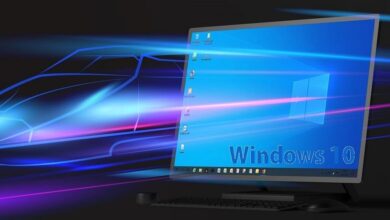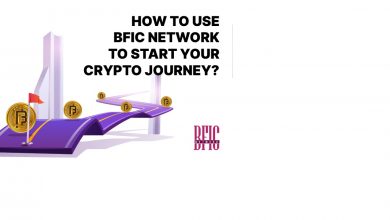Seamless Communications and Support System for Logistics through Multi-tenant Contact Center Software

The logistics industry is in a transitory phase with the accent on globalization and employment of tech savvy workforce. Customer expectations too have changed. Customers expect reliability, speed and low costs. A survey finds that 67% of customers choose slowest and cheapest method of delivery and yet expect flawless services. The logistics industry, by its very nature, operates in a decentralized way through branches in several locations within a country and outside. Communications with customers is just as important as team collaboration for smooth flow of cargo and information. The right solution to enable this is the multi-tenant contact center software.
Decentralized operations
Logistics today operates with centralized headquarters and management but operations are decentralized across several geographical locations. Each unit has its own set of employees and customers. Some franchisees are also part of the chain. Multi-tenant contact center software, on the other hand, works differently to enable each branch be a tenant and maintain independent records as well as respond quickly to their local customers while not losing touch with the head office.
Multi-tenancy for streamlined operations
The structure of multi-tenant contact center software is perfect for logistics. Think of it as tree-branch or hub-spoke model of operations. The head office is the main tenant. Each branch is a sub-tenant and sub-branch clusters are further sub-tenants of a sub-tenant. Each sub-tenant maintains independent CRM and contact list of customers associated with that unit. The main tenant has overview and oversight over operations of sub-tenants and their sub-tenants. They can gather data and keep track of customer services handled by branches and sub-branches down the line. Importantly, you could assign separate numbers to each branch or sub-tenant to enable their local customers reach out directly through the phone. Likewise, if it is an omnichannel contact center solution then you could have each sub-branch with its own Whatsapp number, email, fax and other communication channels. This makes for streamlined operations in areas of billing and payment, customer sales support and technical support. Consider various scenarios to highlight just how the multi-tenancy feature proves helpful.
Handling inbound calls
With a plain contact center solution any inbound call would go to the head office. Personnel there may not be aware of what is happening on the ground in a far off branch and callers are likely to have to wait while the person handling the call makes inquiries and routes the call. Multi-tenancy short-circuits this lengthy procedure. The automatic call distribution feature and skill based mapping could be configured so that callers from specific regions are directed to the branch that is in charge of the area. Callers get to speak to the right person on the first attempt and receive satisfactory resolution.
It is the same if you assign IVR to inbound calls. Callers actually get in touch with the branch with whom they have dealings and it takes fewer key presses to get them the desired information.
This type of compartmentalization through the multi-tenancy feature reduces time spent and efforts. Each local office maintains separate record of communication transactions and services and, at the same time, such records may be accessed by the main tenant, which is the head office in this case.
Logistics industries frequently make use of the franchisee model. In this case, multi-tenancy has its other advantage: cost management.
Cost controls and management
Assume that a particular company works on a franchisee model. In this scenario the franchisee would expect to have their communication infrastructure at their cost. This type of working model would introduce rifts in communication and the customer suffers. Put in place multi-tenant contact center software and make franchisees the sub-tenant. Since a sub-tenant is like a separate entity they can maintain distinct records of all activities and can be billed accordingly. This is a win-win situation. Franchisees enjoy seamlessly integrated communication at a low cost; logistics operators can charge them and access communication data and customers enjoy benefit of fast, responsive services. The multi-tenancy feature also makes it easy for sub-tenants to conduct local campaigns with ease.
Local campaigns
A franchisee or a branch in, say, New York would naturally run campaigns for sales and marketing in its region and target its existing customers or new customers in that region. Likewise, another branch in Los Angeles would do the same in its region. Multi-tenancy lets each such branch plan and conduct campaigns using their database of contacts and collate responses. The head office would not need to be involved except to gather data or derive intelligence from such campaigns.
Read More: 4 Benefits when Hiring a Web Development Agency
These are just a few of the practical benefits of multi-tenant contact center software for logistics. Once you get to using it you can use its features for other purposes too.
- https://www.invensis.net/call-center-outsourcing/logistics-transportation-industry-call-center-services
- https://www.altitude.com/transportation-logistics-and-hospitality/
- https://www.ameyo.com/blog/how-the-logistics-industry-can-leverage-a-digital-call-center
- https://www.expertcallers.com/industries/logistics-transportation.php
- https://www.happyfox.com/solution/transport-logistics-help-desk/
- https://www.logisticsplus.com/services/warehouse-freight/pick-pack-and-ship-fulfillment-solutions/customer-service-call-center/
- https://cerasis.com/logistics-industry/




